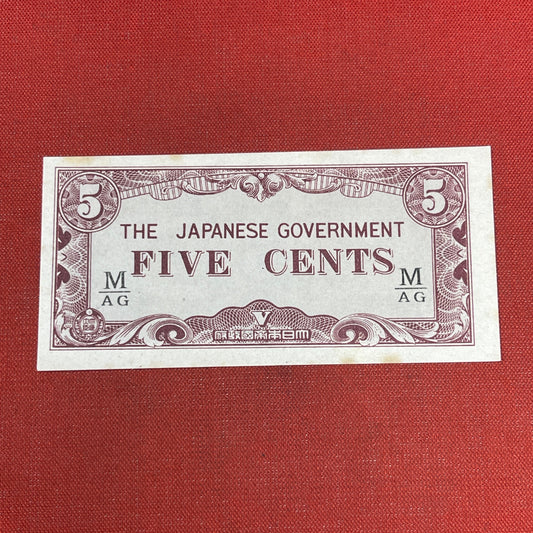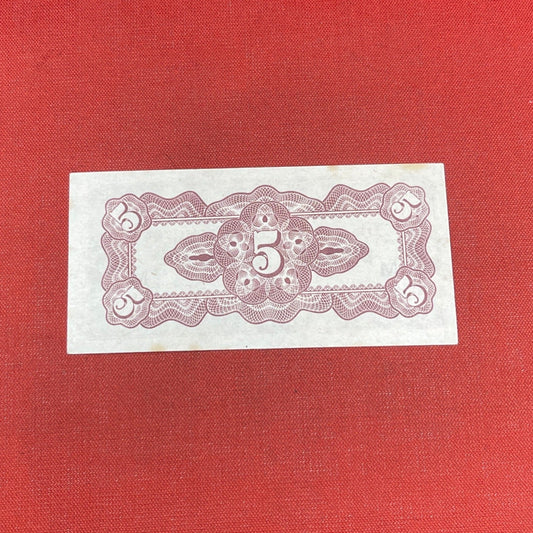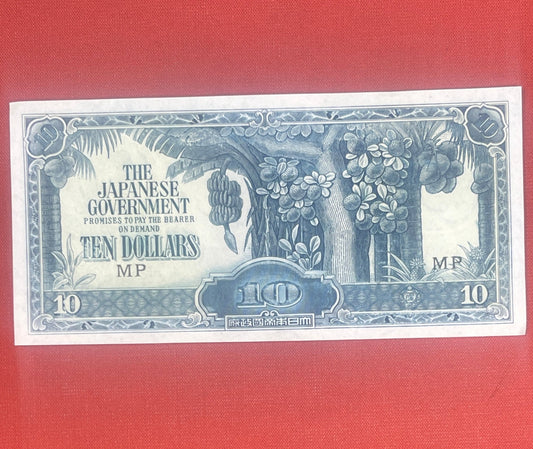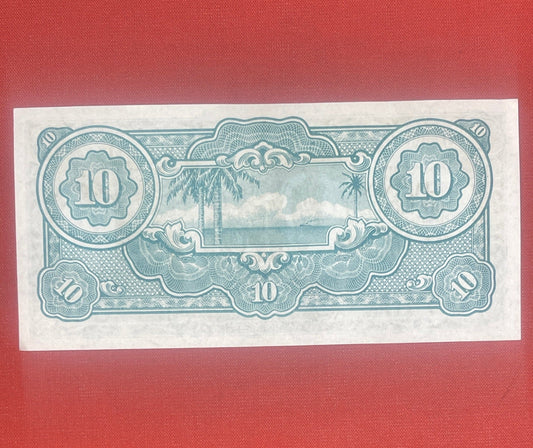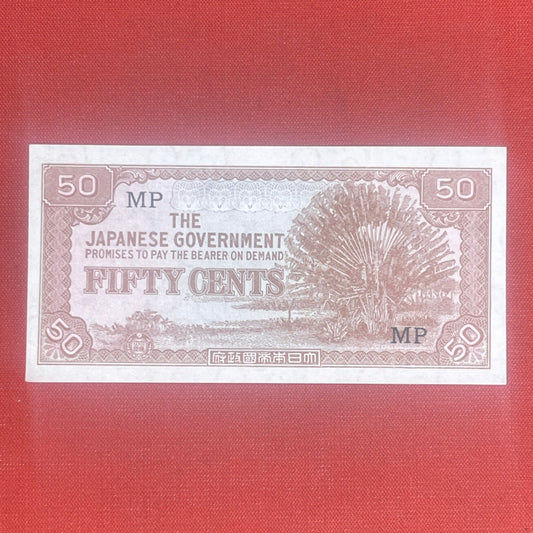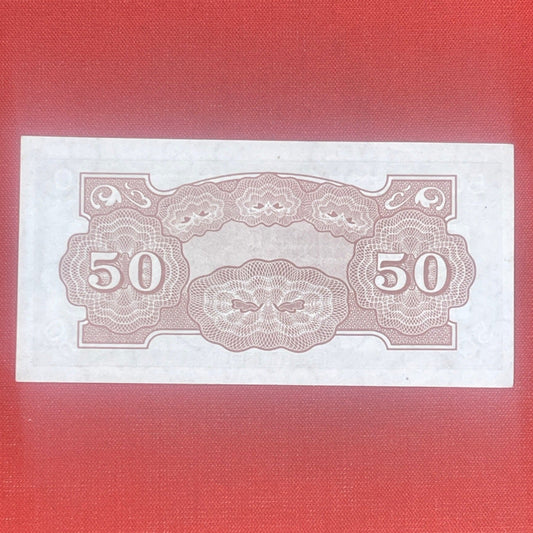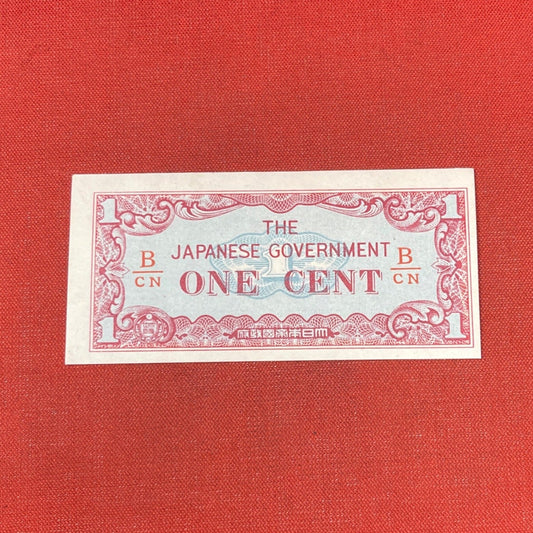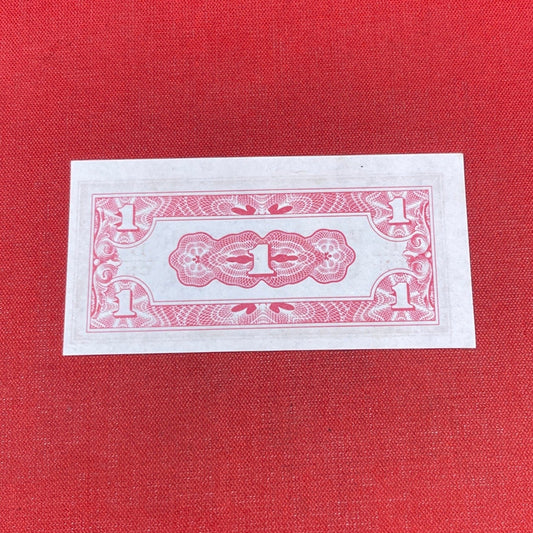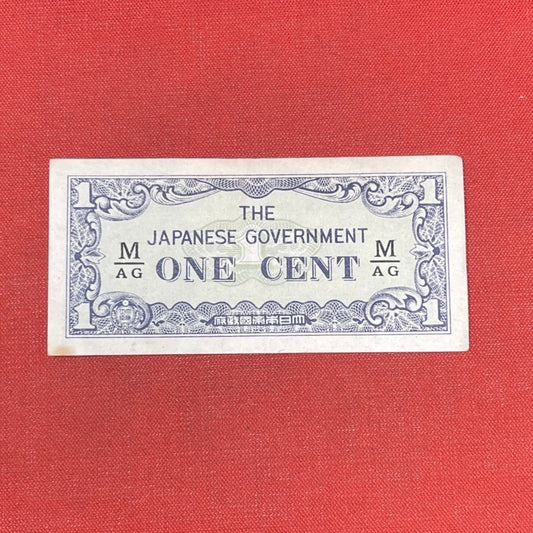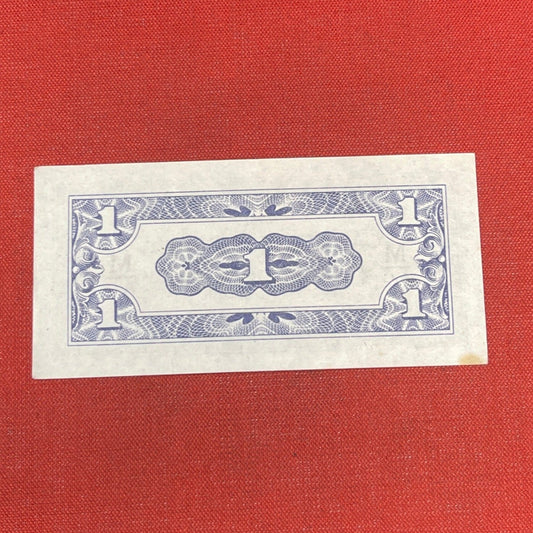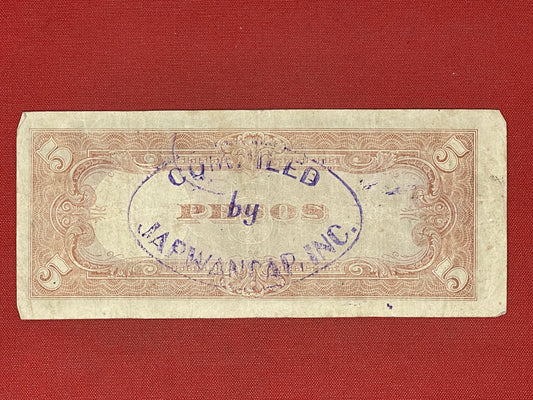Collection: Original Japanese Government Paper Money WWII Occupation money.
During World War II, Japan issued various types of paper money for the territories it occupied in Southeast Asia and other regions. These notes are commonly referred to as "Japanese Government (or Military) Occupation Money" and were used to facilitate economic transactions in the occupied territories. The issuance of occupation money was part of Japan's efforts to control the economies of the regions under its occupation. Here are some general characteristics and features of Japanese Occupation Money:
-
Design and Denominations:
- The design of Japanese Occupation Money varied depending on the region. Different occupied territories had their own distinctive banknotes.
- Denominations ranged from small values to larger denominations, catering to various transaction needs.
-
Multilingual:
- In many cases, the notes were printed with text in both Japanese and the local language of the occupied territory to facilitate use by the local population.
-
Invasion Script:
- Some of the occupation money is colloquially referred to as "invasion script." This term is used to describe the currency issued by the occupying forces to replace or supplement the local currency.
-
Government or Military Authority:
- The banknotes typically bore the seal or emblem of the Japanese government or military authority overseeing the occupation.
-
Security Features:
- Many of the notes included anti-counterfeiting measures, such as watermarks, security threads, or intricate designs, to discourage forgery.
-
Resource Materials:
- Due to resource shortages during the war, the quality of the paper used for printing these notes often varied, and some notes might have had a rougher texture compared to pre-war currencies.
-
Limited Durability:
- The occupation money was often printed on lower-quality paper and lacked the durability of pre-war banknotes. This, combined with economic instability, led to a shorter lifespan for these notes.
-
Variety in Designs:
- Different occupied territories had their own specific designs and denominations. For example, the Philippines, Burma, Malaya, and other regions had distinct series of occupation money.
-
Post-War Changes:
- After the end of World War II and the liberation of the occupied territories, many of the Japanese Occupation Money notes became invalid. Local currencies were reintroduced or reissued.

